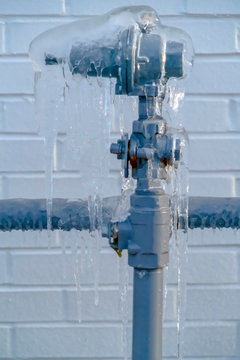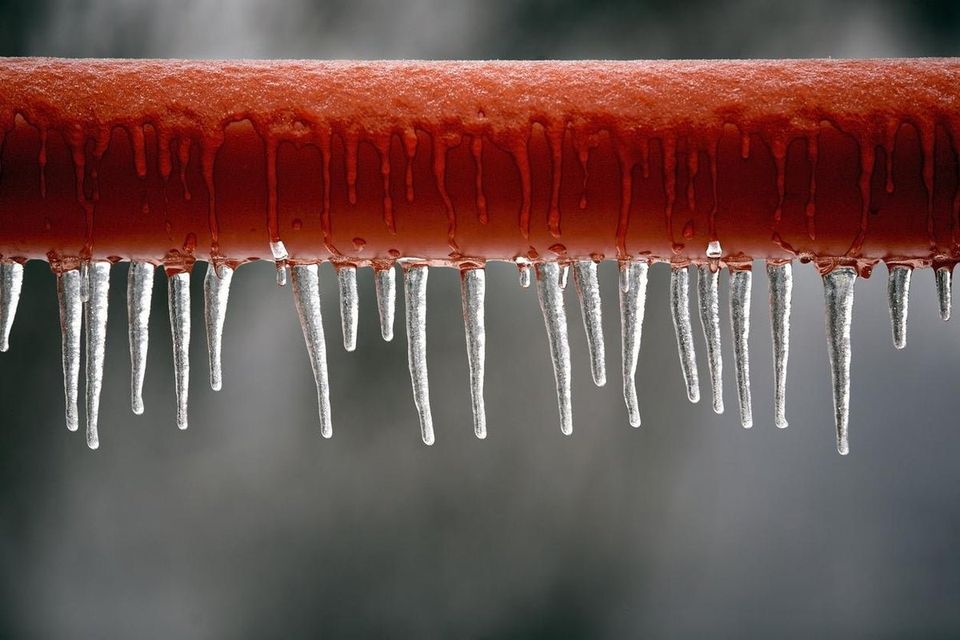Essential Tips to Protect Against Frozen Plumbing in Winter
Essential Tips to Protect Against Frozen Plumbing in Winter
Blog Article
How do you actually feel when it comes to Winter Plumbing Precautions: Preventing Frozen Pipes?

Cold weather can wreak havoc on your pipes, especially by freezing pipelines. Right here's how to stop it from occurring and what to do if it does.
Intro
As temperatures decline, the danger of icy pipelines boosts, possibly resulting in costly repairs and water damages. Recognizing exactly how to avoid frozen pipes is vital for property owners in cool climates.
Prevention Tips
Shielding at risk pipes
Wrap pipelines in insulation sleeves or utilize warmth tape to shield them from freezing temperatures. Focus on pipelines in unheated or outside areas of the home.
Heating methods
Keep interior rooms appropriately heated, particularly areas with plumbing. Open up cupboard doors to permit cozy air to distribute around pipelines under sinks.
Exactly how to identify icy pipelines
Look for reduced water circulation from taps, unusual smells or noises from pipelines, and visible frost on revealed pipes.
Long-Term Solutions
Architectural modifications
Take into consideration rerouting pipes away from exterior walls or unheated locations. Include additional insulation to attics, cellars, and crawl spaces.
Upgrading insulation
Invest in high-grade insulation for pipes, attics, and wall surfaces. Appropriate insulation aids keep consistent temperature levels and minimizes the danger of frozen pipes.
Shielding Outside Plumbing
Garden tubes and exterior faucets
Detach and drain garden pipes prior to winter. Install frost-proof faucets or cover exterior taps with shielded caps.
Comprehending Frozen Pipelines
What creates pipelines to freeze?
Pipes freeze when exposed to temperatures below 32 ° F (0 ° C) for expanded periods. As water inside the pipelines freezes, it broadens, taxing the pipe wall surfaces and possibly triggering them to rupture.
Risks and damages
Icy pipes can lead to water interruptions, home damages, and costly fixings. Ruptured pipelines can flood homes and trigger considerable architectural damages.
Indicators of Frozen Pipes
Determining icy pipes early can avoid them from breaking.
What to Do If Your Pipes Freeze
Immediate actions to take
If you think frozen pipelines, keep faucets open to eliminate pressure as the ice melts. Utilize a hairdryer or towels soaked in warm water to thaw pipelines slowly.
Conclusion
Preventing icy pipes requires positive actions and fast reactions. By understanding the reasons, indications, and preventive measures, property owners can protect their pipes throughout cold weather.
6 Proven Ways to Prevent Frozen Pipes and Protect Your Home
Disconnect and Drain Garden Hoses
Before winter arrives, start by disconnecting your garden hoses and draining any remaining water. Close the shut-off valves that supply outdoor hose bibs and leave the outdoor faucet open to allow any residual water to drain. For extra protection, consider using faucet covers throughout the colder months. It’s also important to drain water from any sprinkler supply lines following the manufacturer’s directions.
Insulate Exposed Pipes
Insulating your pipes is an effective way to prevent freezing. Pipe insulation is readily available at home improvement stores and is relatively inexpensive. Pay close attention to pipes in unheated areas such as the attic, basement, crawl spaces, or garage. Apply foam insulation generously to create a buffer against the cold. You can also wrap your pipes in heat tape or thermostat-controlled heat cables for added warmth.
Seal Air Leaks
Inspect your home for any cracks or openings that could let in cold air. Seal any holes around the piping in interior or exterior walls, as well as the sill plates where your home rests on its foundation. Additionally, make sure to keep your garage door closed unless you’re entering or exiting. Leaving it open creates a significant air leak that can lead to frozen pipes.
Allow Warm Air Circulation
During cold snaps, it’s essential to allow warm air to circulate evenly throughout your home. Leave interior doors ajar to promote better airflow. Open kitchen and bathroom cabinets to help distribute heat consistently around the rooms. If you have small children or pets, be sure to remove any household chemicals or potentially harmful cleaners from open cabinets for safety.
Let Faucets Drip
A small trickle of water can make a big difference in preventing ice formation inside your pipes. When temperatures drop significantly, start a drip of water from all faucets served by exposed pipes. This continuous flow helps prevent the water from freezing. Additionally, running a few faucets slightly can relieve pressure inside the pipes, reducing the chances of a rupture if the water inside does freeze.
https://choateshvac.com/6-proven-ways-to-prevent-frozen-pipes-and-protect-your-home/

I ran across that blog post about Preventing and dealing with frozen pipes when browsing the search engines. Please set aside a second to share this content if you appreciated it. Thank you so much for your time spent reading it.
Need Help? Hire Us Now! Report this page